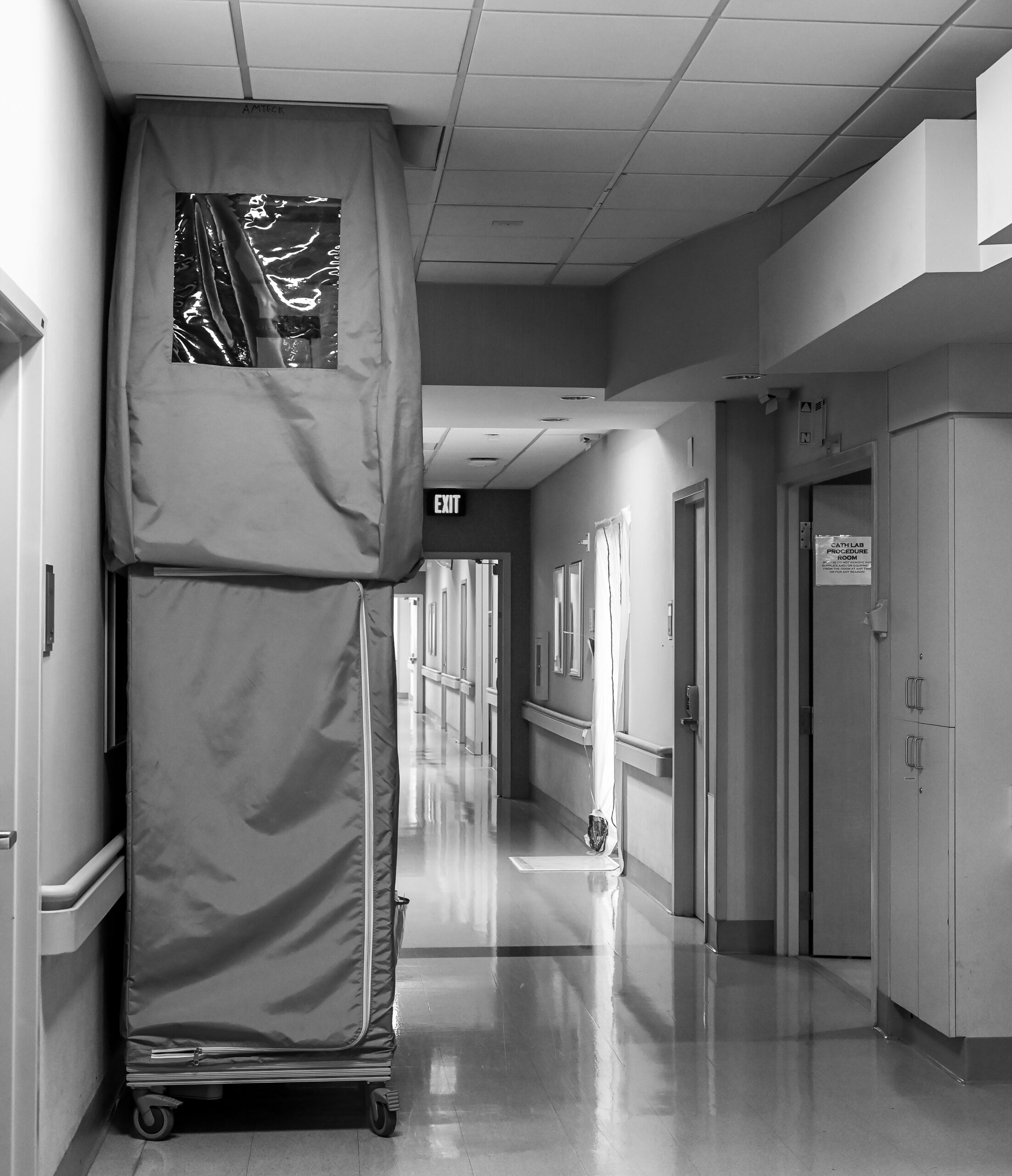When construction work takes place within medical facilities, a unique set of challenges arises. Hospitals, clinics, and healthcare environments house some of the most vulnerable populations, where patients may have weakened immune systems or be undergoing treatments that increase their susceptibility to infections. Therefore, maintaining strict infection control during construction or renovation work is crucial to safeguard patient health.
Infection control measures in medical construction are typically categorized into levels, often referred to as ICRA (Infection Control Risk Assessment) classes. Each level corresponds to the risk associated with the construction activities and the proximity of the work to sensitive areas. Here’s an overview of the various levels of infection control and why they are essential:
ICRA Class I: Minor Risk
Description
Class I represents construction or maintenance work that generates minimal dust or airborne particles and takes place in non-sensitive areas of a healthcare facility. Examples include inspections, minor repairs, or routine maintenance.
IC Measures and Importance
Infection Control Measures:
- Routine housekeeping.
- Control of dust using simple containment methods like wiping surfaces after work.
Importance: In Class I environments, the risk of infection is low because the construction activity is far from patient areas and doesn’t involve activities that create dust or disturb contaminants. However, even in these cases, it’s important to maintain clean environments to avoid introducing any potential hazards into patient areas.
ICRA Class II: Moderate Risk
Description
- Class II involves minor construction or maintenance tasks in areas that could impact patient health but aren’t near the most vulnerable populations. This might include activities like ceiling tile removal or painting in adjacent corridors.
IC Measures and Importance
Infection Control Measures:
- Routine housekeeping.
- Control of dust using simple containment methods like wiping surfaces after work.
Importance: In Class I environments, the risk of infection is low because the construction activity is far from patient areas and doesn’t involve activities that create dust or disturb contaminants. However, even in these cases, it’s important to maintain clean environments to avoid introducing any potential hazards into patient areas.
ICRA Class III: High Risk
Description
- Class III involves construction or demolition work that generates significant dust or noise, often in areas closer to patient care environments or in spaces with immunocompromised patients. This might include activities such as wall cutting, drywall installation, or significant plumbing work.
IC Measures and Importance
Infection Control Measures:
- Full barriers to contain the work area.
- HEPA-filtered air filtration systems.
- Negative air pressure environments to prevent the escape of dust and contaminants.
- Daily cleaning of the work area and adjoining spaces.
Importance: Class III infection control is critical in areas where patients are at higher risk. Dust and airborne particles can carry pathogens, and even minor disruptions in air quality or cleanliness could lead to serious infections. The use of negative air pressure and HEPA filtration ensures that contaminants are effectively contained, protecting patient health.
ICRA Class IV: Highest Risk
Description
- Class IV covers the highest-risk activities, such as major demolition or construction projects near highly sensitive areas like operating rooms, intensive care units (ICUs), and oncology wards. These activities pose significant risks due to the volume of dust, debris, and disruption involved.
IC Measures and Importance
Infection Control Measures:
- Complete isolation of the worksite using impermeable barriers.
- HEPA-filtered exhaust and negative air pressure to contain contaminants.
- Continuous monitoring of air quality.
- Daily cleaning and disinfecting of the construction area and surrounding zones.
- Workers wear protective clothing and follow strict hygiene protocols when entering and leaving the work zone.
Importance: In Class IV, the highest level of infection control is necessary because the health risks to patients are the greatest. For patients in ICUs, surgical units, or cancer treatment wards, even a small exposure to dust, mold, or bacteria could result in life-threatening infections. Strict isolation and air control ensure that construction activities don’t compromise patient safety.
The Importance of Infection Control in Medical Construction
Education
Infection control during construction in medical environments is not just about maintaining cleanliness—it’s about protecting lives. Healthcare-associated infections (HAIs) are a significant concern in any medical facility, and construction activities can exacerbate this risk by introducing airborne contaminants, disrupting airflow, or stirring up dormant pathogens in dust or debris.
For contractors working in these environments, understanding and adhering to infection control protocols is crucial. This not only ensures regulatory compliance but also contributes to the safety and well-being of patients, healthcare staff, and of the construction teams.
In medical construction, the integrity of the space and the air quality within it must be preserved. Each level of infection control is designed to address specific risks and environments, ensuring that healthcare facilities can continue to operate safely and effectively, even during renovations or repairs.
By following these protocols, construction teams help to protect patients and ensure that medical facilities remain spaces of healing, not risk.
In conclusion, infection control in medical construction is essential for maintaining a safe environment for patients. Each ICRA class addresses a different level of risk, ensuring that construction can proceed without compromising the health of those most in need. As the demand for hospital renovations and expansions continues to grow, infection control remains a cornerstone of responsible medical construction practices.
